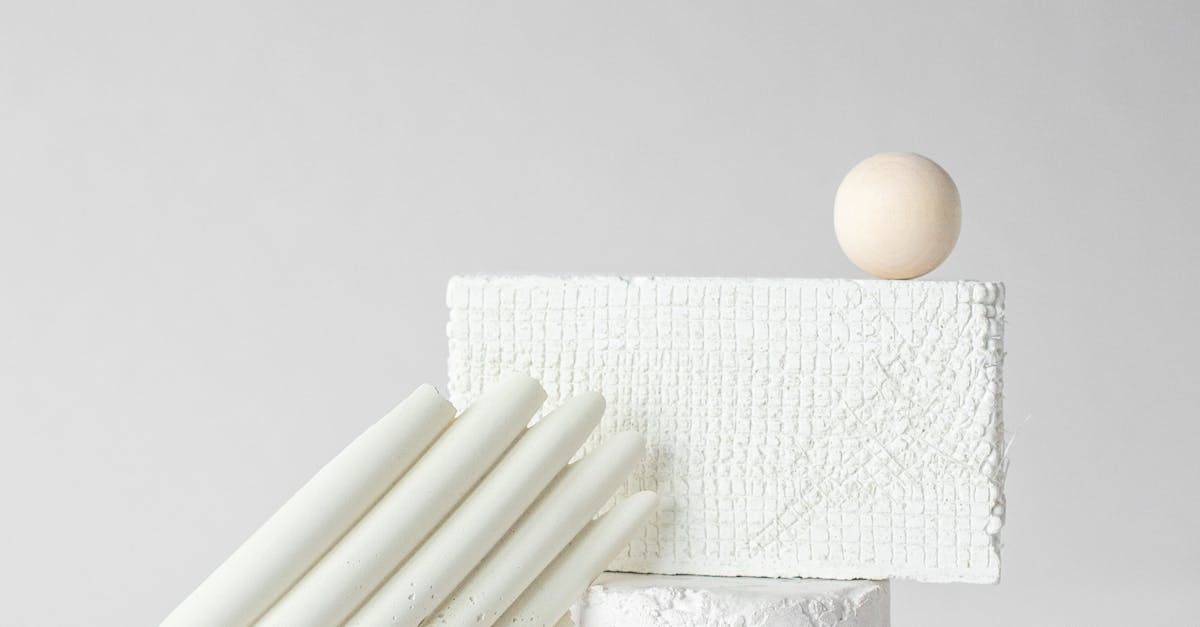Sculpting has been a revered art form throughout history, providing a medium for artists to express their creativity and captivate audiences with breathtaking masterpieces. Among the diverse forms of sculpture, plaster portraits stand out for their ability to intricately capture the essence of an individual in a three-dimensional work of art. In this article, we delve into the world of plaster portraits, exploring 15 techniques that will help sculptors bring their visions to life.
1. Understanding Plaster as a Sculpting Medium:
Plaster is a versatile material that is commonly used in sculpting due to its affordability, ease of use, and ability to capture intricate details. Before starting your plaster portrait, familiarize yourself with the characteristics of plaster and how it behaves when sculpted.
2. Choosing the Right Tools:
A sculptor’s tools are their best allies in bringing their vision to life. For plaster portraits, essential tools include sculpting knives, wire loops, and carving tools that allow for precise detailing and shaping.
3. Creating a Concept Sketch:
Before diving into sculpting, sketch out your portrait concept on paper. This will serve as a roadmap for your sculpture and help you visualize the final piece.
4. Building the Armature:
Construct a sturdy armature to support your plaster sculpture. Consider using wood as a base for your armature, ensuring it provides stability and structure to your portrait.
5. Layering and Building Up:
Begin sculpting your plaster portrait by layering the plaster onto the armature. Gradually build up the features and contours of the face, focusing on capturing the unique characteristics of your subject.
6. Embracing Relief Sculpture Techniques:
Explore relief sculpture techniques in your plaster portrait to add depth and dimension to your artwork. Play with shadow and light to create a dynamic composition that draws the viewer in.
7. Adding Abstract Elements:
Infuse abstract elements into your plaster portrait to evoke emotion and intrigue. Experiment with unconventional shapes and textures to create a captivating and unique sculpture.
8. Focusing on Facial Features:
Pay close attention to the facial features of your subject. Sculpt the eyes, nose, mouth, and other defining characteristics with precision and care, ensuring they reflect the individuality of your subject.
9. Texturizing the Surface:
Enhance the texture of your plaster portrait by adding subtle details and surface treatments. Consider using wood carving tools to create intricate patterns and designs that add visual interest to your sculpture.
10. Refining and Smoothing:
Once the basic structure of your plaster portrait is complete, focus on refining and smoothing out any rough edges or imperfections. Use sandpaper and wet sponges to achieve a polished finish.
11. Incorporating Symbolism:
Infuse symbolism into your plaster portrait to enhance its narrative and meaning. Consider incorporating elements that hold personal significance or convey a deeper message to the viewer.
12. Experimenting with Mixed Media:
Explore the possibilities of combining plaster with other materials such as wood to create a mixed media sculpture. Incorporating wood elements can add a tactile quality and organic feel to your portrait.
13. Playing with Negative Space:
Utilize negative space in your plaster portrait to create captivating compositions. Experiment with the interplay between solid forms and voids to add a dynamic element to your sculpture.
14. Capturing Emotion:
Focus on capturing the emotional essence of your subject in your plaster portrait. Pay attention to subtle expressions and gestures that convey mood and personality, bringing your sculpture to life.
15. Finishing Touches:
Complete your plaster portrait by applying a protective finish or sealant to preserve and enhance the longevity of your sculpture. Display your masterpiece with pride, knowing that you have created a work of art that embodies the beauty and complexity of the human form.
Conclusion:
Sculpting plaster portraits is a rewarding and transformative experience that allows artists to explore the depths of creativity and expression. By mastering the techniques outlined in this article, sculptors can elevate their craft and create stunning works of art that capture the essence of their subjects with depth and beauty. Embrace the art of plaster sculpting, and let your imagination soar as you delve into the world of sculpting information.


